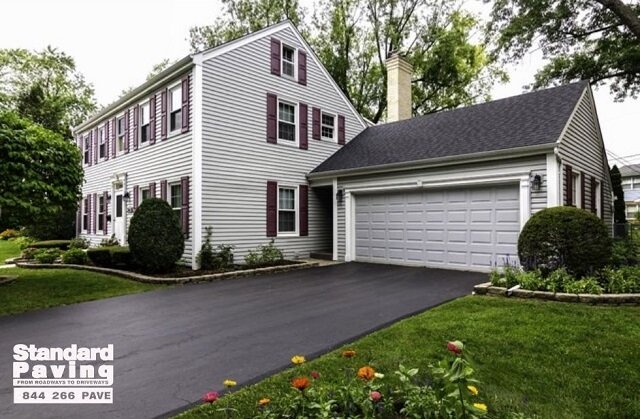There’s nothing like the earthy crunch of a just-picked carrot or the sweetness of a juicy tomato still warm from the sun. And the taste is even sweeter when it’s one you’ve grown on your own. Of course to indulge yourself in such delicacies you must first install a deer fence or the wildlife will eat your bounty before you can.
For parents like Phil Nolan and Michele Rast, backyard vegetable gardening has intangible benefits, too. “We want our kids to appreciate the way things grow and to understand the value of food,” Nolan says when asked why he dug up part of the family’s New Jersey lawn to put in a formal 18-by-32-foot veggie garden.
Homegrown Harvest
Nolan’s garden, now in its third season, has thrived, but not every homeowner is so lucky. Why do some fail where others succeed? At least one aspect of soil preparation, plant selection, or growing wasn’t right.
“Often, just a few tips can make all the difference,” says Katie Pencke, who teaches vegetable gardening for the Seattle Tilth gardening education program. Her first tip about how to grow a vegetable garden: Don’t attempt too big a garden. “If you start small, you make small mistakes,” she says, “and it’s a lot easier to achieve success.”
Find the Right Site
To grow well, vegetables need good soil, the right amount of water, and sunshine. You can amend poor soil and deal with too much or too little moisture by building raised beds (bottomless frames that hold soil above the grade line) to keep vegetables above muck, or by irrigating in dry weather.
But there is no practical work-around for deep shade. Thus, sunshine is the Number 1 site requirement to grow a vegetable garden. Fruiting plants like tomatoes, eggplants, peppers, and pumpkins need sun at least 8 to 10 hours a day. If your garden gets a few hours less sun, you can still grow peas and also plants that have edible parts underground, such as potatoes, turnips, carrots, and beets. If your garden gets only 4 to 6 hours of sun, focus on greens: lettuce, spinach, arugula, Swiss chard, collards, and kale can all still do well.
Build the Raised Garden Beds
There’s a hard way and an easy way to build garden beds. You can skim off the sod with a flat shovel and dig down deeply to aerate the soil and mix in compost and whatever other soil amendments you need. Or you can just layer things on top. Start by mowing down any tall grass or weeds. Shovel on a couple of inches of compost. Cover that with a weed-suppressing layer of cardboard or multiple sheets of newspaper. Top that with a mixture of brown and green plant material, just as if you were building a compost pile. “Mix it up, like in a salad,” Pencke advises.
If you want to plant right away, add a few inches of compost or topsoil, and the beds are ready to go. Or wait a season and let microorganisms in the soil make the compost for you. After you harvest your first crops, you can “double dig,” going down twice as deep as a shovel blade, to incorporate everything and aerate the soil. “But do this just once,” Pencke says, to keep from undermining the soil structure.
Get Planting
You can plant your garden with seeds or set out partially grown plants. Starting with seeds costs less and often results in more robust plants, since there’s no risk of damaging fragile root hairs during transplanting. But you might need to drape row-cover fabric over the bed for a few weeks to keep birds out, and to set cardboard collars around seeds or small transplants to block cutworms, which nip off shoots at the soil line. With larger transplants, you’re less likely to see bird or cutworm damage.
Many gardeners use both strategies, starting hot-weather crops, such as tomatoes and peppers, from transplants and planting most other varieties from seeds. Root vegetables, such as carrots, don’t transplant well, so they are best started from seed.





